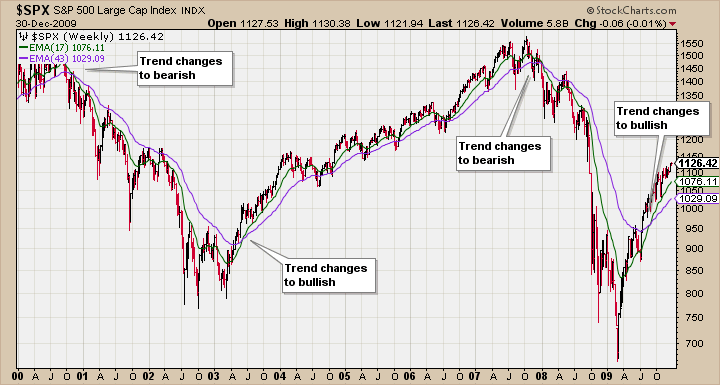

The setting you use will depend on the length of the trend you want to identify. This is an example of a countertrend EMA strategy. Notice that when RSI goes overbought or oversold, price tends to move back towards the EMA. Here's an example of a 100 EMA on a gold chart, paired with the RSI indicator. When the trend is weaker, the 50 EMA gives is 3 buy points, as shown by the blue arrows.Īs the trend accelerates, the 20 EMA becomes more useful and gives us one entry at the green arrow.ĮMAs can also be used in conjunction with other indicators to create countertrend, or against-the-trend, trading strategies. Notice how using EMAs with different settings can help us take advantage of different phases of the trend. This chart uses the 50 EMA (blue) and the 20 EMA (green). Here are some examples of where you could have opened buy trades on the NEM chart. When the EMA is used as a trend indicator, pullbacks into the EMA can be great places to enter trades, or add to an existing winning trade. This line shows us the overall trend of the market and gives us a reference point to take trades.

The EMA smooths out the complex price movements on a chart and gives us one simple line, which we can use to develop trading strategies.

Interestingly, the EMA of the open and the close are almost identical.īut the most commonly used price point is the close. Here's what it looks like when I put the open, high, low and close EMAs on the same chart. You can also use the the open, high or low, instead of the close, to calculate the EMA. This is why I prefer to use the EMA…most of the time. Chart by TradingViewĪs you can see, the EMA stays closer to the current price than the SMA does. Here's how that looks on a EURUSD daily chart. The number in the bottom right corner is the average of the closes from the last 10 days.Īn EMA does something similar, but it gives more weight to the closing price of the most recent candle. Here's what it would look like in a spreadsheet. MA (10) The Difference Between an Exponential Moving Average and a Simple Moving AverageĪ Simple Moving Average (SMA) takes the sum all of the closes in the range and divides that number by the number of candles in the range, which is 10, in the example above. When you're trading, you'll often see the number of candles used in the calculation in parenthesis. On a hourly chart, it would be the average of the closing prices of the last 10 hours. So on a daily chart, the current moving average value would be the average of the closing prices of the previous 10 days. SEE ALSO: Learn how Greg scalps in Forex (full interview)


 0 kommentar(er)
0 kommentar(er)
